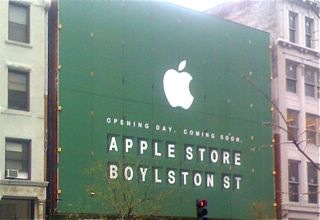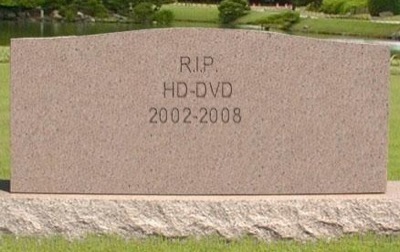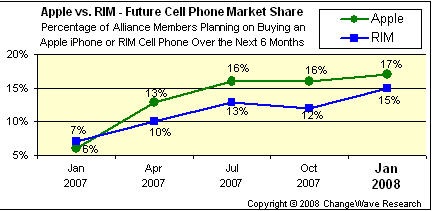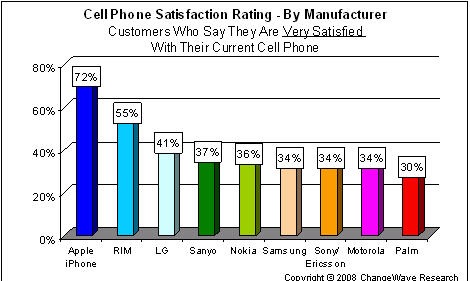Every Anywhere Consumer, myself included, do their best to balance their personal and professional lives. In my case, I've got multiple "personas":
- My day job persona (as a Yankee Group analyst)
- My "professional hobby" personas: securitymetrics.org editor, JSPWiki commiter,Identity Gang member, weekend programmer
- My "private life" personas: family man, friend, book club member, cook, bread-baker, condo association treasurer
- My consumer personas: buyer of books, music, clothing, gadget hound, political junkie
All of these personas, taken together in their totality, form the essence of who "I" am. Much of what composes my identity is offline, but plenty of it is online. Running through all of them, however, is the continuity of time. Each persona engages in activities, which need to be scheduled and time-sliced.
Most people use a combination of analog techniques (date-book, to-do lists, scribbly notes, photographic memories) and digital tools (calendaring programs) to keep their priorities, and activities, straight. In the digital realm in particular, experienced PIM addicts use their calendaring programs. I got my first Palm in 1999, and I took to it like a duck to water. For me, my electronic calendar is my lifeline. If an event isn't in my calendar, it does not exist, and won't happen. The reason is simple: every day I receive dozens of requests for briefings, inquiries, follow-ups, social gatherings and the like. I have found that I cannot stay sane unless I stay on top of my calendar. I may not always be as prompt as I'd like with e-mail -- but I can guarantee you that my calendar is always up to date.
Over the years I have tried many techniques to keep my calendar straight. Up until last year, I used the One True Calendar approach: namely, use my work calendar (today, Lotus Notes) as the canonical source of all things calendar-related. In short, stick everything into it, regardless of the the persona they relate to: personal, professional, consumer, developer etc. The One True Calendar is, in essence, a centralized hub for everything time-related.
The centralized, One True Calendar technique worked well enough. It synced to my Treo, and life was good. But now, in 2008, I need more than what one calendar can give me. I have friends to keep track of, birthdays, travel plans and other activities that aren't always within the span of my control, and wouldn't be practical to spend time double-entering. Thus, last fall I abandoned the One True Calendar in favor of a more loosely-coupled system based on
calendar subscriptions (iCalendar). iCalendar subscriptions have simplified my life considerably, and made aggregating time and event information from multiple sources easier. Apple's iCal application pulls everything together into a consolidated view.
Using calendar subscriptions means that instead of having a single calendar, I can stitch together multiple calendars, including those of other people. Subscriptions are superior because each event source continues to maintain its own schedule independently. But, through the magic of iCal aggregation, I can still see how everything relates. Best of all, because iCal syncs with my iPhone, I can take my tangled schitzophrenic schedule with me wherever I go.
Rather than traffic in abstractions, here's a screenshot of my current iCal calendar. I've turned on all of the calendars.

As you can see, I subscribe to iCalendar feeds like
US Holidays (in green), a list of
security conferences (in brown) and a service called
Dopplr that tells me when I'm going to be in the same cities as my friends (orange). And, to integrate my work-related events, I also wrote a little LotusScript hack that exports my work calendar (from Lotus Notes, shown in blue) as an iCalendar feed every 15 minutes. You can also see my Birthdays calendar (green, pulled from Address Book).
I have also become addicted to
TripIt (shown, in orange), a service that creates nicely-formatted travel plans, based on itineraries you forward to it. At Yankee, we use a particular outside travel service for booking flights, hotels and cars. I used to enter all this stuff by hand into Notes. Now, I don't have to. When I book something, I forward the travel agency itinerary to TripIt, and it smartly parses everything and creates a virtual calendar entry with from/to information, flight numbers and times, confirmation numbers and the like. I can use TripIt with other travel agencies, too: so, if a customer arranges travel for me using their own agent, I can simply forward the details to TripIt, and all is well. Here's the best part:
all of these details are available as an iCalendar subscription. That means that everything I send to these folks will magically appear in my calendar, because I'm using a calendar (iCal) that understands iCalendar subscriptions.
The point of all of the preceding isn't to show how much of a smarty-pants I am. Dork tendencies aside, I wanted to demonstrate, in concrete terms, three things:
- All of the things I keep track of don't fit nicely into a single persona
- Calendar aggregation , not calendar centralization, holds the key to allowing all of multiple personas to time-slice
- Subscriptions hold the key to integrating outside services, and other people's calendars
All of these points speak directly to the needs of Anywhere Consumers, and of the limitations of insular calendaring programs like Lotus Notes. As workers seek to increasingly blend their work and personal lives, we will increasingly need software that is persona-aware, and that works seamlessly in a federated, interdependent world.


 [This post also appears on blogs.yankeegroup.com]
[This post also appears on blogs.yankeegroup.com] Today's New York Times nominates Google as the Zen Master of the Anywhere Internet era because it is using network effects like Microsoft did during the PC revolution. Personally, I like Google's chief economist's reason better: the company focuses on learning from experience:
Today's New York Times nominates Google as the Zen Master of the Anywhere Internet era because it is using network effects like Microsoft did during the PC revolution. Personally, I like Google's chief economist's reason better: the company focuses on learning from experience:
















